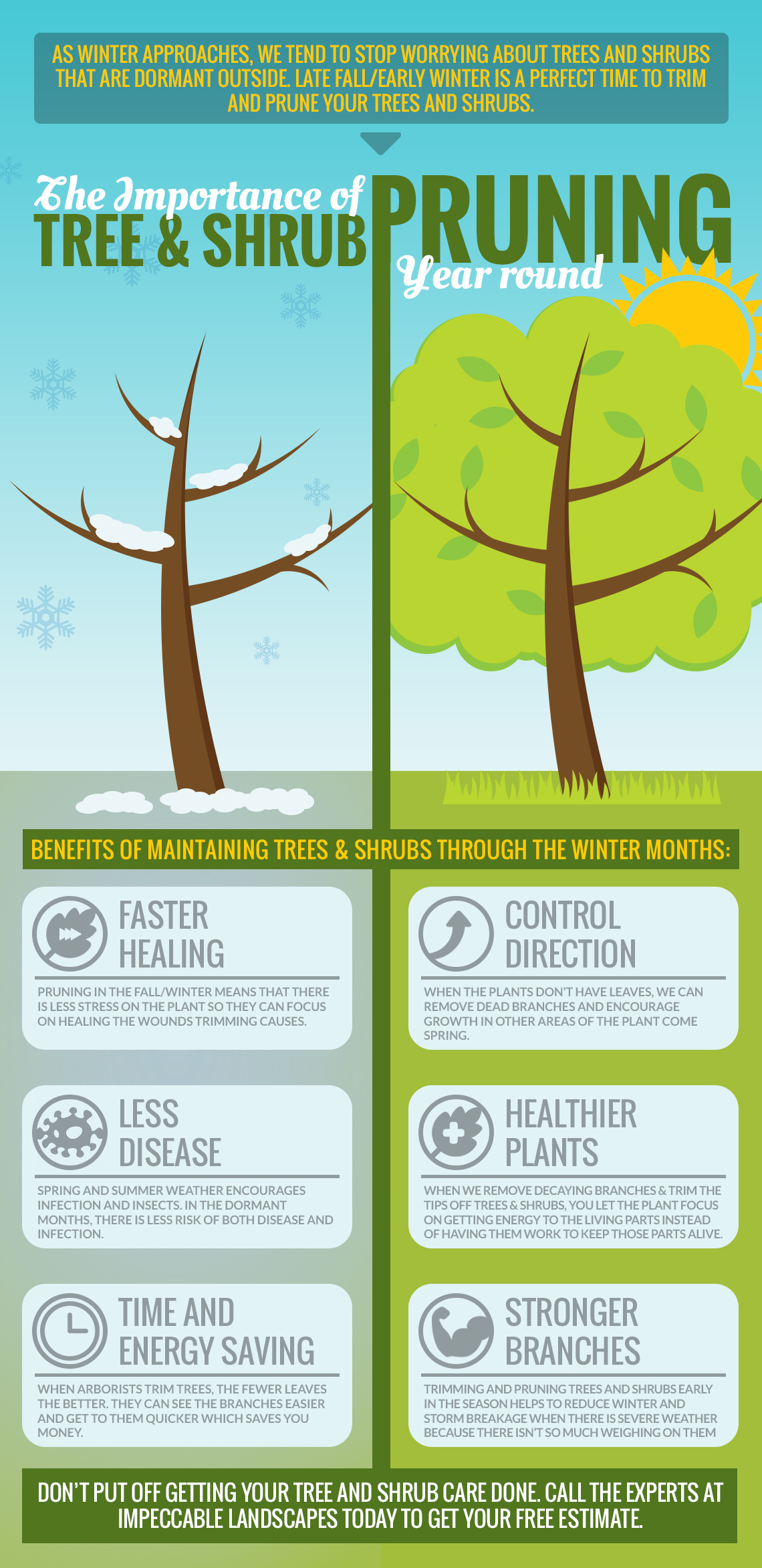Establishing The Right Time For Tree Elimination - A Guide For Homeowners
Establishing The Right Time For Tree Elimination - A Guide For Homeowners
Blog Article
Published By-Jacobsen Crowder
Trees include elegance and worth to home, but they can additionally pose a threat throughout severe weather condition occasions. If a tree has actually stopped expanding, is showing noticeable fungal growth, or has a leaning trunk, it should be gotten rid of by an expert to stay clear of residential or commercial property damage and injury.
For https://docs.google.com/spreadsheets/d/14CZ1EqvrS4bTDXUjNA0r9MKnVcLeL7I41lrUxHzkPmo/edit?usp=drive_link , participate in a homeowner source reasonable co-hosted by HPD, the Center for New York City Neighborhoods, and Brooklyn-based real estate companions this night in Bedford-Stuyvesant. The event will feature the Home owner Manual, a new overview to aid property owners navigate the obligations of possessing a home.
1. Dead or Dying Branches
Trees are an indispensable part of your home's landscape, offering color and appeal. They likewise give shelter for wild animals and generate oxygen, yet even healthy and balanced trees can experience health issue that might demand their removal. Dead or passing away trees aren't simply unattractive, they can be unsafe. Their branches might fall throughout a tornado, resulting in expensive residential or commercial property damage and injuries.
When a tree's branches begin to pass away, it implies that its framework is beginning to break down. If intertenancy of its branches are dead, it is most likely time to remove it.
Look for a lack of new growth, bark peeling, open wounds or dental caries, fungi expanding on the trunk or origins and a basic appearance of degeneration in the entire canopy. These indications of infection can show a severe issue that will need specialist tree solutions to deal with.
2. Leaning Trunk
While it's normal for trees to lean once in a while due to phototropism, if a tree has an unsafe or severe lean that's not because of natural processes - maybe a sign that the tree needs to be gotten rid of. If the tree is favoring a high-voltage line, home, lorry, play structure or any other area that could be dangerous to people if it falls, after that contacting an expert tree solution for removal should be a top concern.
It's additionally important to look for any kind of sudden changes in a tree's leaning as it can show damages to the roots or trunk that might lead to dropping. This is particularly true throughout stormy weather, considering that high winds and rain-soaked soil can trigger a lean to change swiftly. Normal surveillance, especially during and after storms can aid homeowners identify possible troubles with their trees so they can call an arborist for a thorough evaluation.
3. Parasite Infestation
Some pest invasions, such as wood-boring pests like emerald ash borer or sap-suckers like range bugs, are so extreme that they can cause a tree to die. The most effective way to prevent pest problem is to check your trees on a regular basis. Seek places, openings, or stainings in the leaves and bark. Take a look at the trunk for splits and indications of insect damages, such as passages or tracks.
If a tree becomes as well infested with insects, or is close to a home or power lines, an arborist may recommend elimination. If a leaning tree establishes a brand-new, unsteady lean, an arborist will likely suggest elimination as well to guarantee the safety of individuals and residential or commercial property. If a weakened or dead tree continually loses extreme branches, it is a sign that it is time to eliminate the tree. If a tree remains to shed branches for an extensive time period, it might bring about architectural troubles and potential property damage.
4. Harmed Trunk
Trees are a lovely and important part of our landscape, but they do require regular care to maintain them healthy and balanced and risk-free. If a tree is damaged irreparable it is likely time for it to come down.
Search for signs of damages to the trunk, consisting of vertical cracks, joints, dead branch stubs, visible injuries or open dental caries and extreme tree-rot. The existence of fungi at the base of the trunk is an additional alerting sign. Fungi may indicate that the phloem and xylem (life-support cells) are endangered, permitting the spread of illness or a future failure.
Likewise, take into consideration whether the tree has stopped expanding. Healthy and balanced trees will certainly have new growth yearly, which may be visible as buds or branches sprouting and expanding. If you don't see any type of brand-new growth, it's an excellent idea to have an arborist review the tree and follow their referral for elimination. A dying or harmed tree can drop and create residential or commercial property damage.